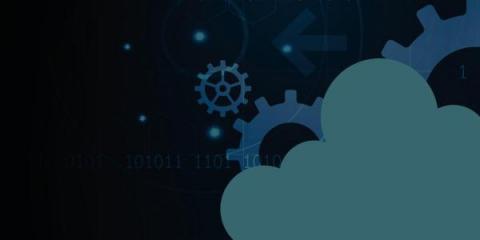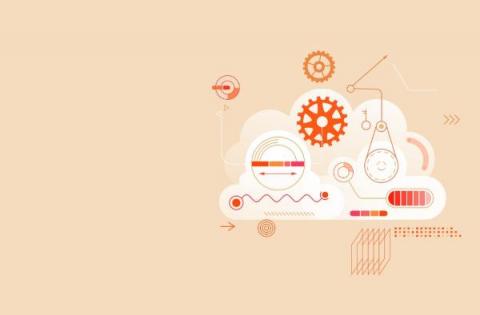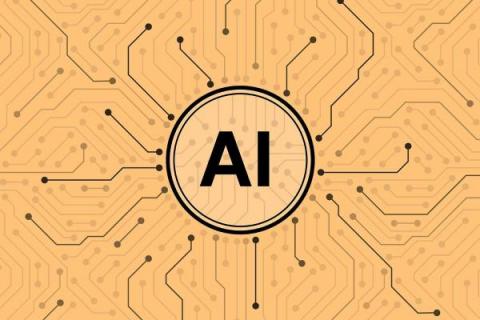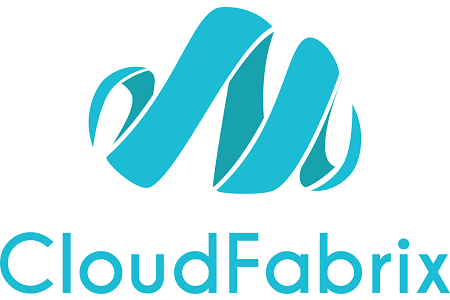Monitoring: The Rise of Data Observability
There’s an increasingly high cost to poor data quality today. Poor customer data costs companies six percent of their total sales, as per a UK Royal Mail study. And, as per IBM, bad data costs U.S. businesses $3.1 trillion per year. As companies transform into data-driven businesses, we witness a sharp interest in data observability.











